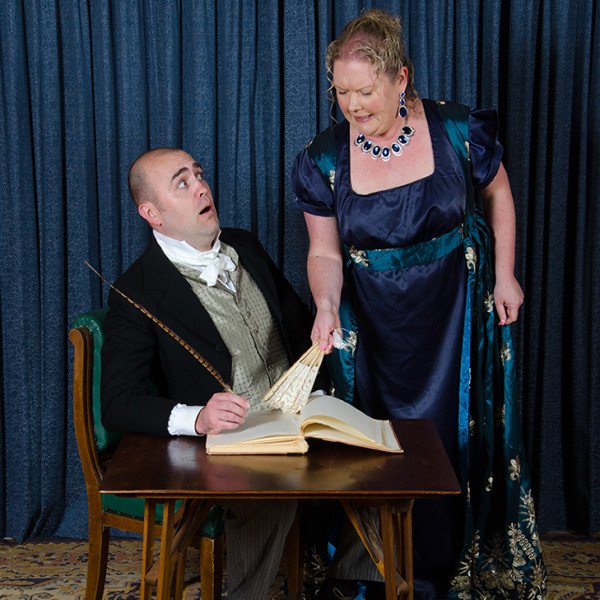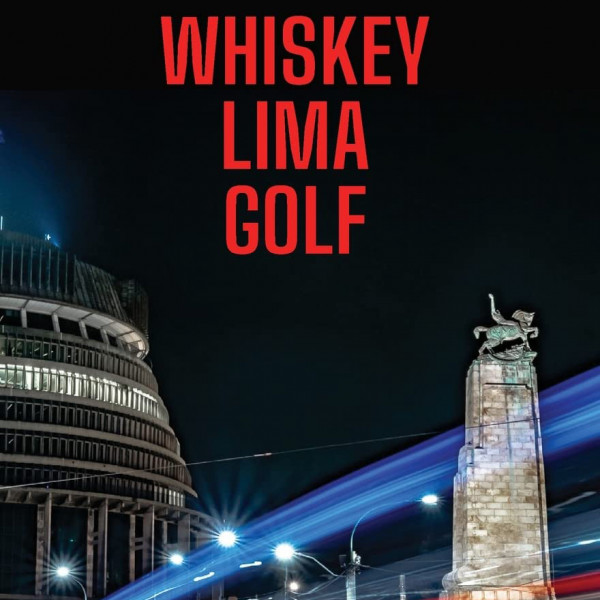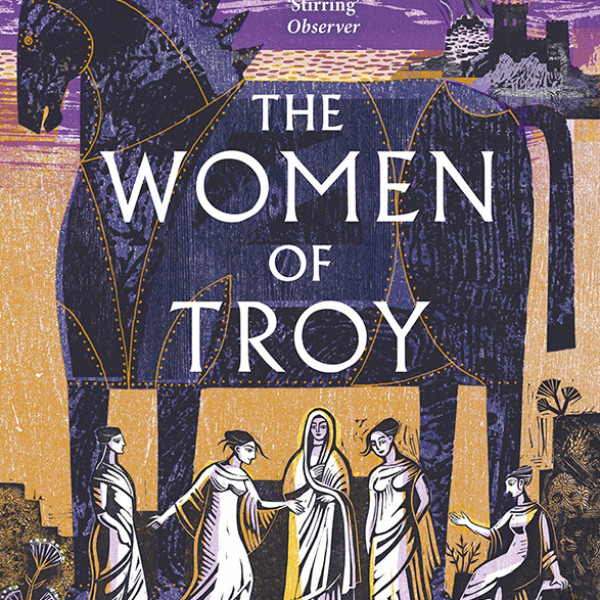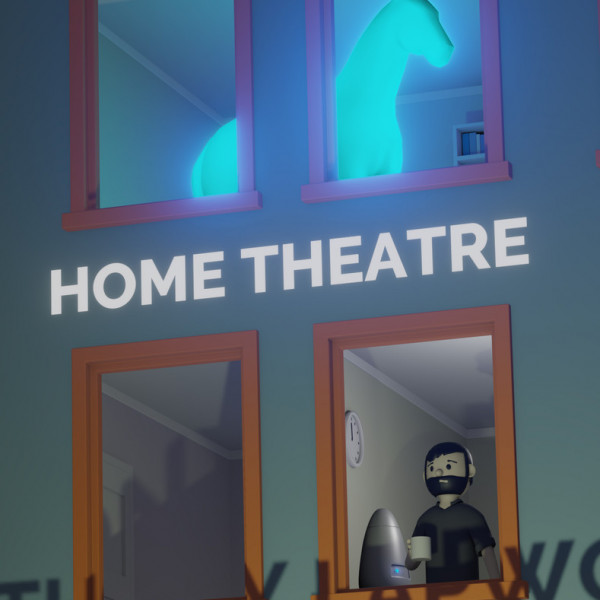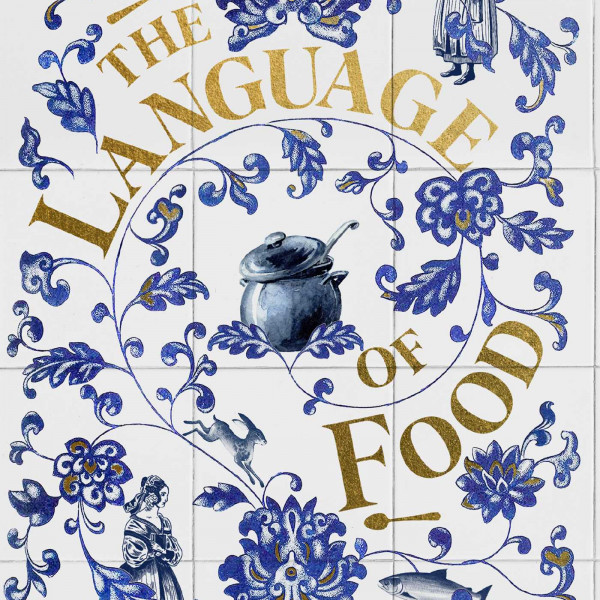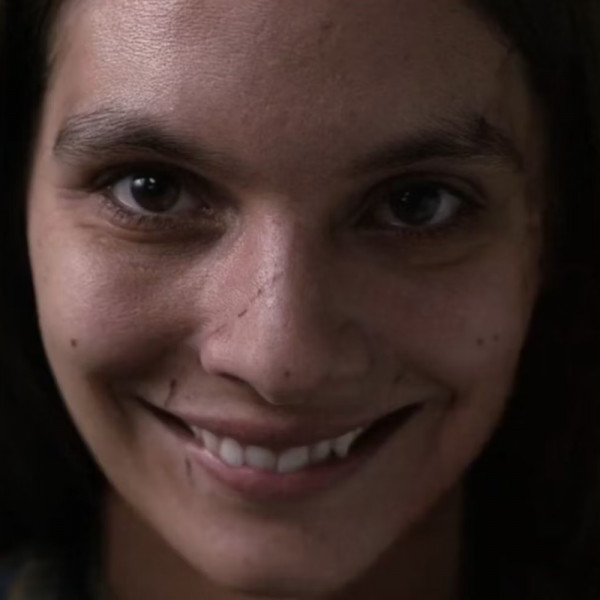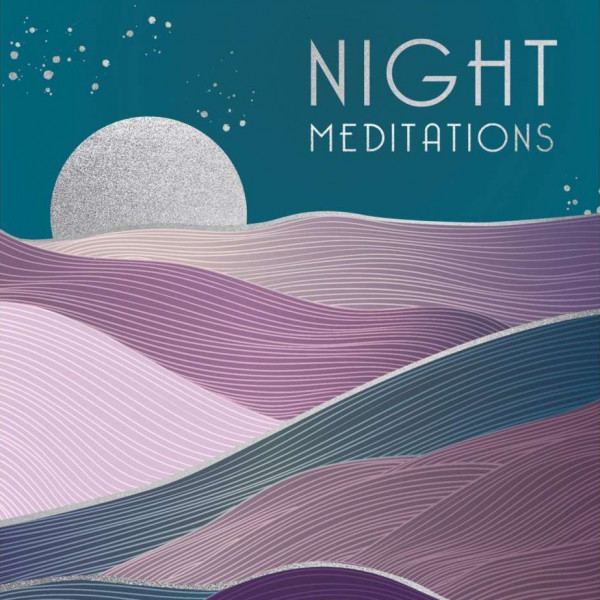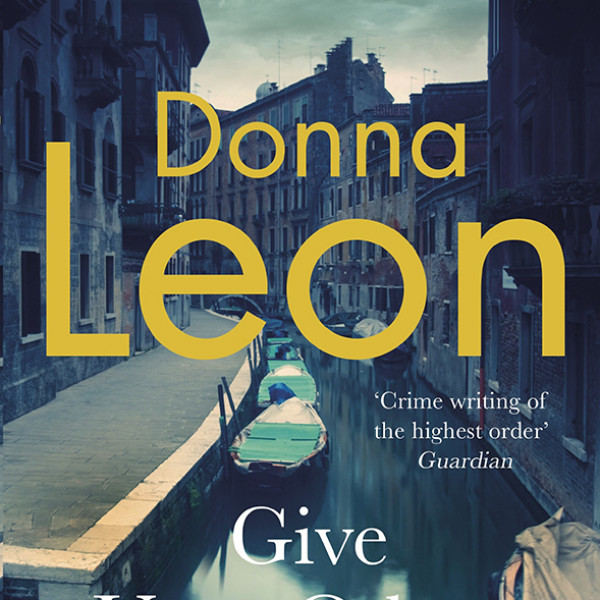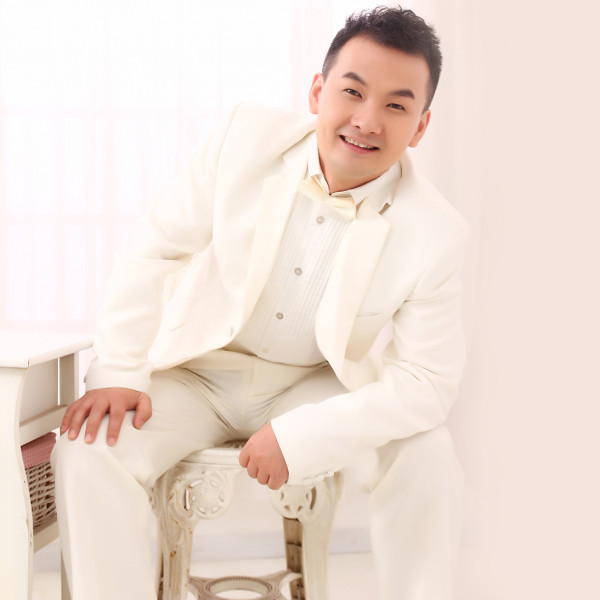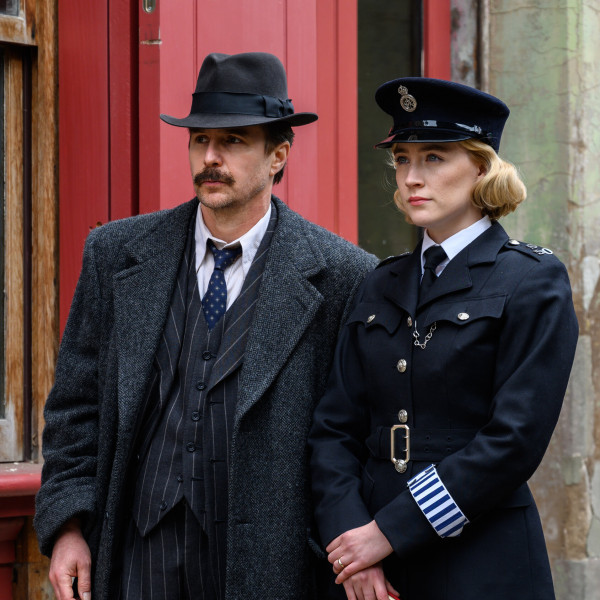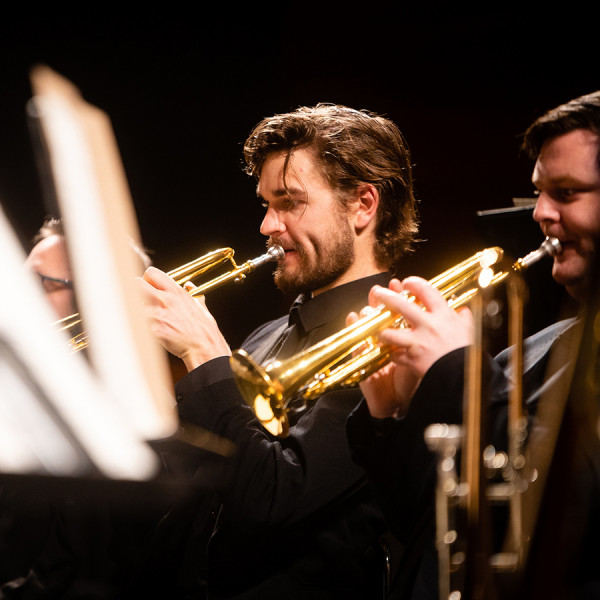
The River
Presented by: Orchestra Wellington
Conducted by: Marc Taddei
Michael Fowler Centre, 15th Oct 2022
Reviewed by: Dawn Brook
An annual delight of the Orchestra Wellington season is the collaboration of the orchestra with Arohanui Strings: lots of kids, very well rehearsed, some of them extraordinarily young and very cute, drawing their bows confidently and straight over their strings. Their principal item was Well Within the Madding Crowd, an attractive commissioned work by Glen Downie featuring the children on strings, and brass and percussion highlights from the orchestra. Even younger children joined in another handful of items. Wonderful.
Reflection by Julian Kirgan-Báez was another premiere in this concert. Kirgan-Báez is normally a trombonist in the orchestra but is also part of the orchestra’s composer mentorship programme under John Psathas. This was very assured composing, extraordinary considering Kirgan-Báez is largely self-taught. The work was very descriptive and evocative of the natural environment in both calm and agitated condition. It used the full resources of the orchestra and not surprisingly, some wonderful brass.
The audience was wowed by Amalia Hall’s performance of Violin Concerto No. 2 by Joseph Joachim, a work that draws on Hungarian, Jewish, and Romany traditions. Hall’s virtuosity is remarkable and this reportedly Everest of concertos seemed barely to test her, though perhaps it felt like a musical Everest to her. While there were some lovely expressive passages, it was the pyrotechnics that impressed: trills, runs, glissando, double-stopping, speed. You name the extreme technique, Joachim included it.
The concert concluded with the lovely Symphony No. 3 Rhenish by Schumann. I wondered if beauty and shape was sacrificed to pace and urgent momentum in the first two movements, with the Rhine River charging along rather than rolling and unfolding. The fourth movement which was inspired by Schumann’s awe at the Cologne Cathedral was wonderfully expansive, with brass and woodwind creating haunting and grand moments. The exhilarating finale brought the concert to a fitting close.





